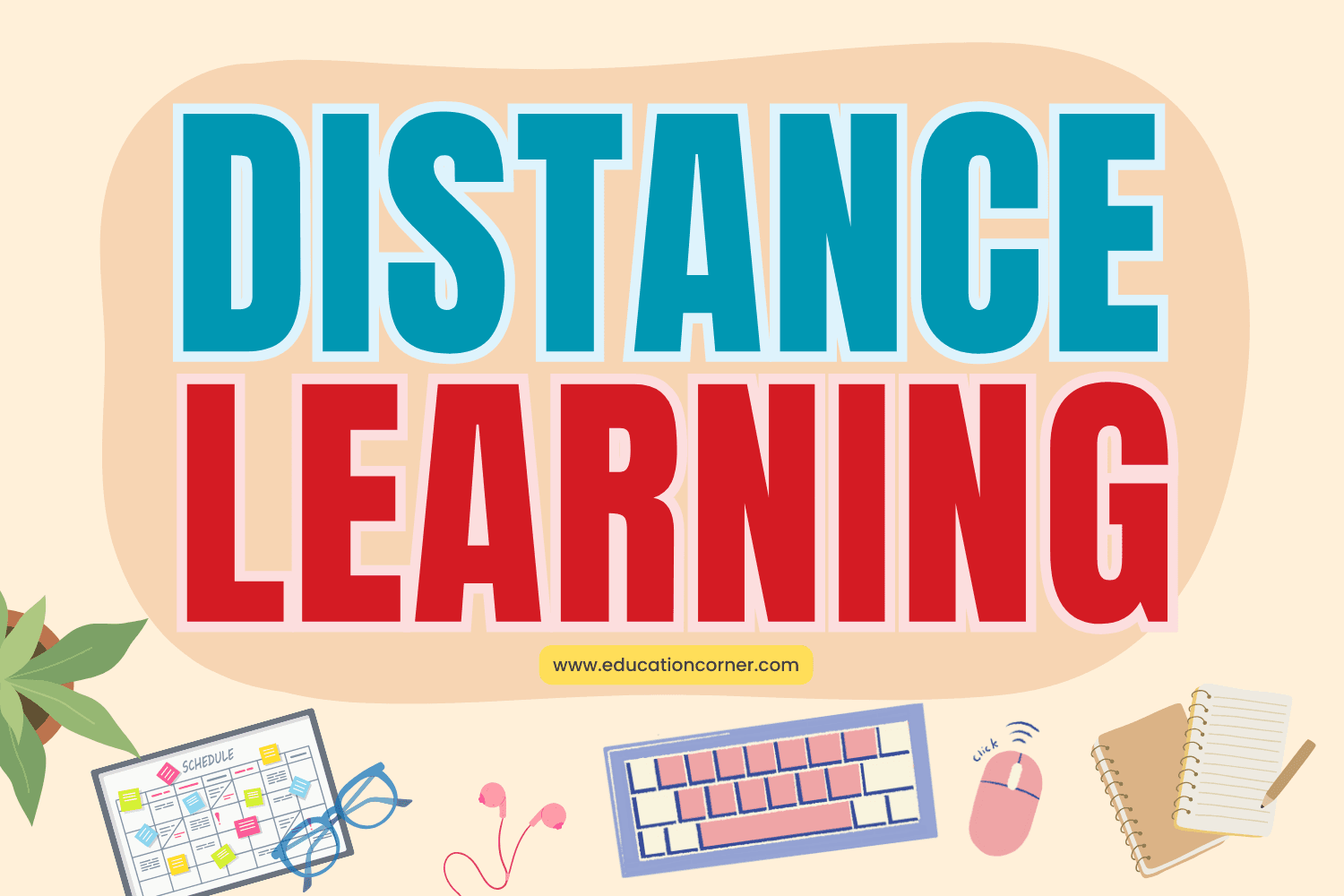Distance learning is not a modern phenomenon. It actually dates back as far as 1728 when Caleb Phillips, a teacher in Boston, Massachusetts, offered shortland lessons to students via weekly mailed lessons.
In the early 1840s, long before the advent of the Internet, Isaac Pitman, a British educator, also taught shorthand through correspondence courses. Distance learning and education have a long history, but its popularity increased a hundredfold as more advanced technology and communication mediums became available in the late twentieth century.
Distance education first took hold in the 1930s, with over 25 state boards of education, 200 schools systems and several colleges and universities offering educational programs broadcast over public radio. However it wasn’t until the advent of the Internet in the early 2000s that the availability and popularity of distance learning programs skyrocketed.
Computers and the internet made distance learning faster, easier and much more convenient. Today web-based, online education programs are available in most states in the US at the k12 level.
Today, enrollment in distance education programs at every educational level is commonplace. Private, public, non-profit, and for-profit secondary, post-secondary and higher education institutions, including high schools, colleges and universities, now offer distance education programs in just about every field of study imaginable. From basic literacy to doctoral programs, distance education courses are available at every level of instruction.
The Internet
While distance education programs are offered via a large variety of communication mediums, online education, via the Internet, is now the norm.
In 1996, Jones International University was the first higher education institution to launch a fully online accredited degree program. In the following years, most major colleges and universities quickly followed suit.
Reputable higher education institutions such as Harvard University and Stanford now offer distance learning programs for their students entirely online. According to a survey, conducted by the Babson Survey Research Group, in 2016 distance education enrollments increased for the fourteenth straight year. 31.6% of all students took at least one distance course.
Even though for-profit universities have been the quickest to adopt and exploit Internet technology to offer online degrees to the masses, the majority of public colleges now offer their academic programs completely online as well. Common fields of study pursued online include, but are not limited to, programs in business, psychology, criminal justice, health sciences, computer science, design and liberal arts.
Distance learning has quickly been adopted as the training and education method of choice among busy working professionals. Online distance learning programs offer the most affordable and convenient means of earning a degree, improving skills and pursuing a higher education.
Technologies
There are two modes of delivery for distance education technologies: synchronous learning and asynchronous learning.
In synchronous learning, all learners participate in the education experience at the same time. A traditional classroom is an example of a synchronous learning experience, where students participate in learning and class lectures.
With respect to distance education, synchronous learning methods include video conferencing, web conferencing, educational television, internet radio, direct-broadcast satellite (DBS), live streaming video, web-based VoIP, and even telephone. Many modern software programs, such as Adobe Connect, facilitate synchronous distance learning.
Asynchronous distance learning is much more flexible than synchronous learning. Students are able to access course materials whenever they want, from wherever they want – and are not required to be with other students during the learning process.
The oldest form of asynchronous distance learning technology is mail correspondence, which has been employed for over a century. Today e-mail, video and audio recordings, message boards, print materials, fax and stream video over the Internet facilitate asynchronous distance learning.
Asynchronous distance education is the mode of choice for most online colleges and universities seeking to provide their students the most flexible and convenient distance learning experience possible. However, many higher education institutions blend asynchronous learning with synchronous learning.
Topics and Resources
Explore popular topics, resources and articles about virtual education and e-learning.
- In-depth Guide to Distance Learning
- Study and Learning Skills for Online Classes
- Home Schooling Programs, Curriculum, and Resources
- 25 Best Practices for Remote Teaching and Learning
Online Degrees by Level
Explore online degrees and distance learning programs by level.

